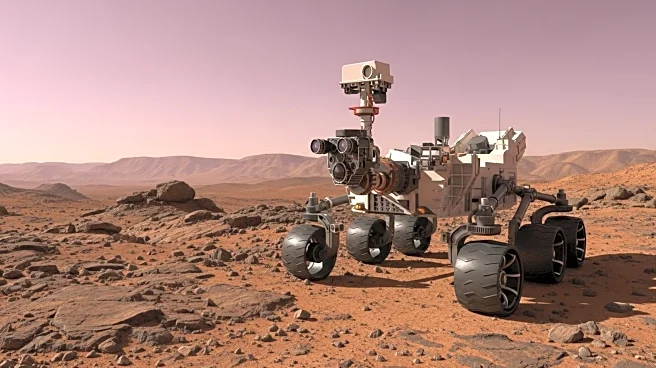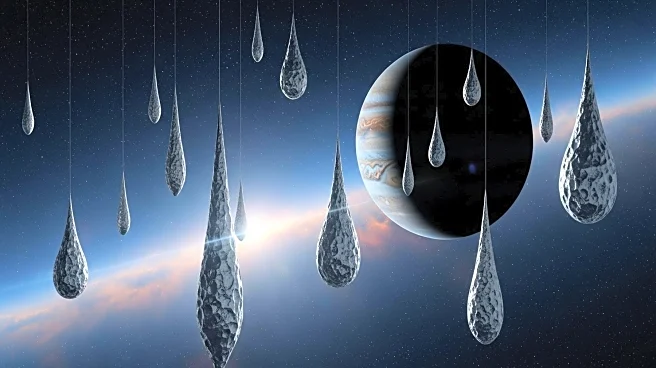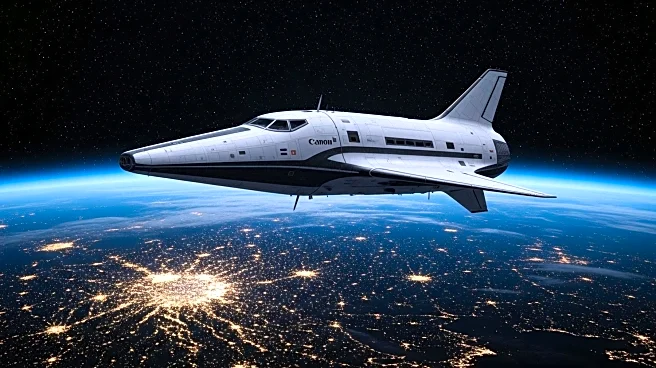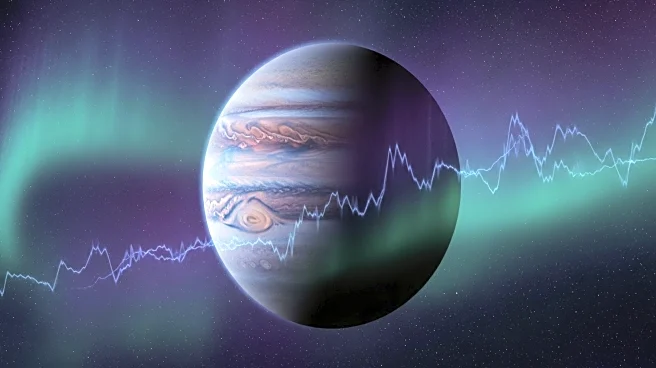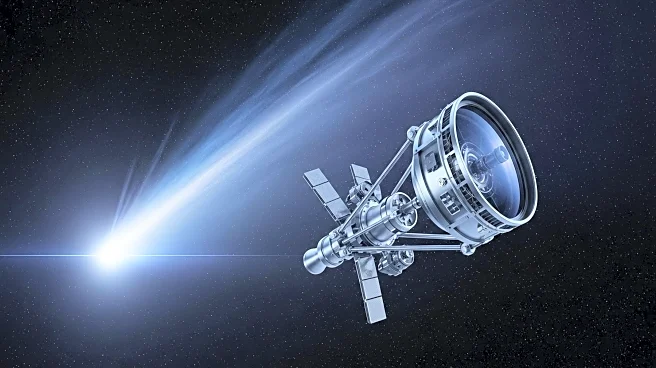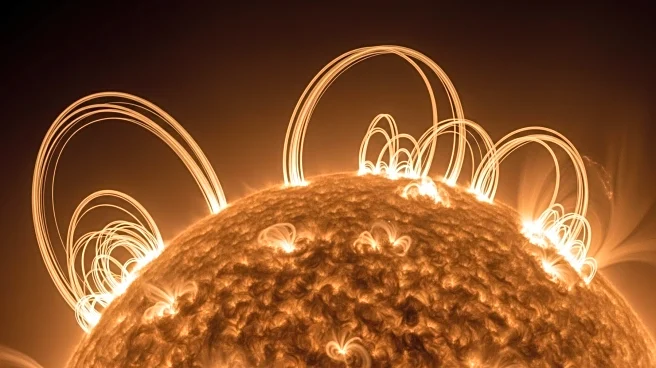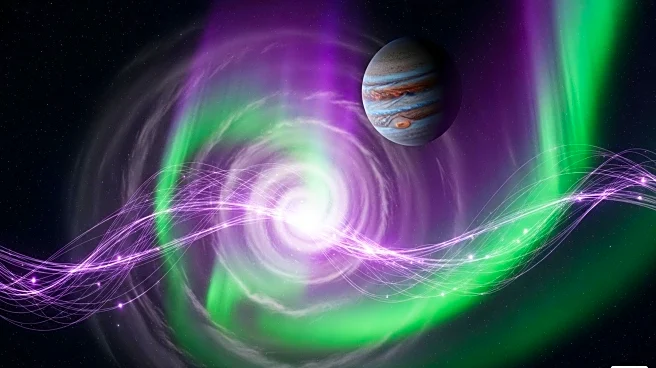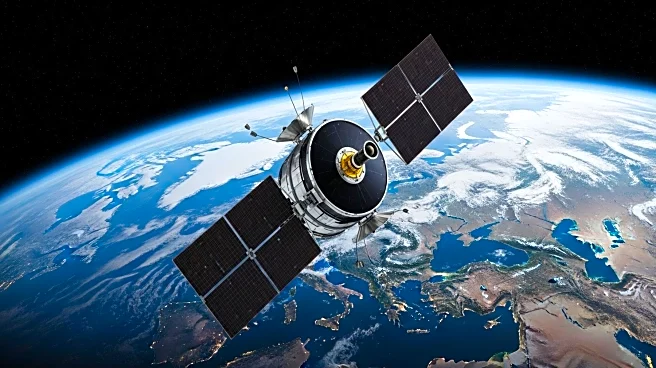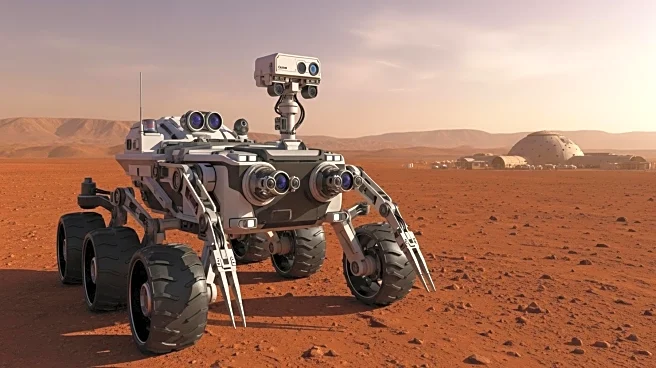Rapid Read • 7 min read
The National Oceanic and Atmospheric Administration's (NOAA) Compact Coronagraph-1 (CCOR-1) on the GOES-19 satellite has captured a remarkable image of the Moon crossing directly in front of the Sun. This event was recorded using a coronagraph, which simulates a solar eclipse by blocking out most sunlight to study the Sun's corona. The image shows the Moon fully illuminated due to Earthshine, a phenomenon where sunlight reflects off Earth onto the lunar surface. This accidental capture highlights the unique capabilities of satellites in observing celestial events.
AD
The image underscores the importance of satellite technology in monitoring space weather and studying solar phenomena. Such observations are crucial for understanding coronal mass ejections (CMEs), which can impact satellites, power grids, and GPS systems. The ability to capture unexpected celestial events also demonstrates the versatility of satellite instruments in contributing to scientific research and public interest in space exploration.
NOAA and other space agencies may continue to leverage satellite technology to capture and analyze similar events, enhancing our understanding of the Sun and its interactions with celestial bodies. These efforts could lead to improved forecasting of space weather and its effects on Earth-based technologies.
The accidental capture of the Moon crossing the Sun may inspire further exploration of the artistic and scientific potential of satellite imagery. It raises questions about the intersection of technology and art, and how scientific tools can inadvertently create visually stunning representations of natural phenomena.
AD
More Stories You Might Enjoy
